
High-risk mode
Since the beginning of the year, the Baltic states have been intensifying their security of energy facilities. For example, in Estonia, substations, storage facilities and important nodes are guarded by police and border guards, and if necessary, the army can be deployed.
Lithuania, Latvia, and Estonia have disconnected from the Russian and Belarusian networks and left the BRELL organisation, which was established in 2001. In fact, BRELL is an energy ring formed by Belarus, Russia, Estonia, Latvia and Lithuania.
"In my opinion, this is the last element of our dependence on the Russian and Belarusian energy systems. It is also a good opportunity to take responsibility for regulating the main parameters of our electricity system," said Lithuanian President Gitanas Nausėda.
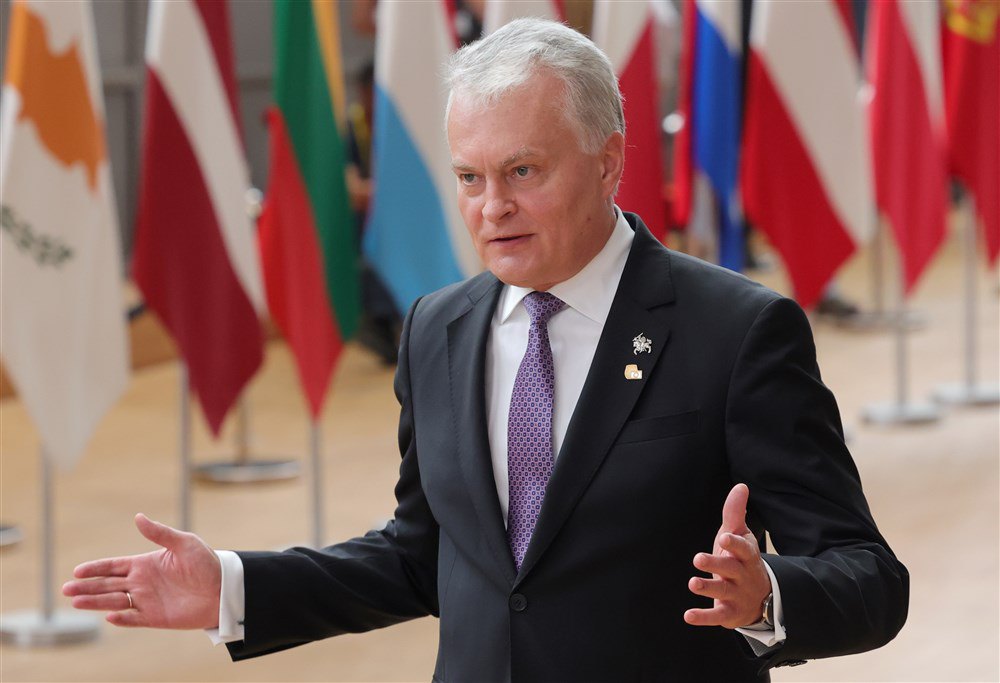
On Saturday morning, 8 February, the Baltic states cut off their connections to the Russian and Belarusian grids. Until about noon on Sunday, the energy sector in Estonia, Latvia and Lithuania will operate in isolation as the systems there are tested for reliability, and only then will the three countries become part of ENSO-E, the 42-country network of European system operators for electricity transmission. By the way, it is not only the EU members, but also, for example, the UK and Ukraine.
The Baltic states will become part of the European grid thanks to the interconnector that will connect Lithuania with Poland.
At the same time, the Baltic energy grid is extremely vulnerable when operating in isolation.
Russia cannot do anything fatal anymore. But it has already started provocations. For example, it caused a 650 MW power cable between Estonia and Finland to break.
Through the common networks, Russia has had an impact on the Baltic energy sector, although not as enormous as, say, in the 1990s.
First, the frequency in the Estonian, Latvian and Lithuanian networks was regulated from a Russian control centre. Secondly, until recently, in the event of a shortage, the Baltic states had to ask for help from Minsk or Moscow, using emergency power supplies.
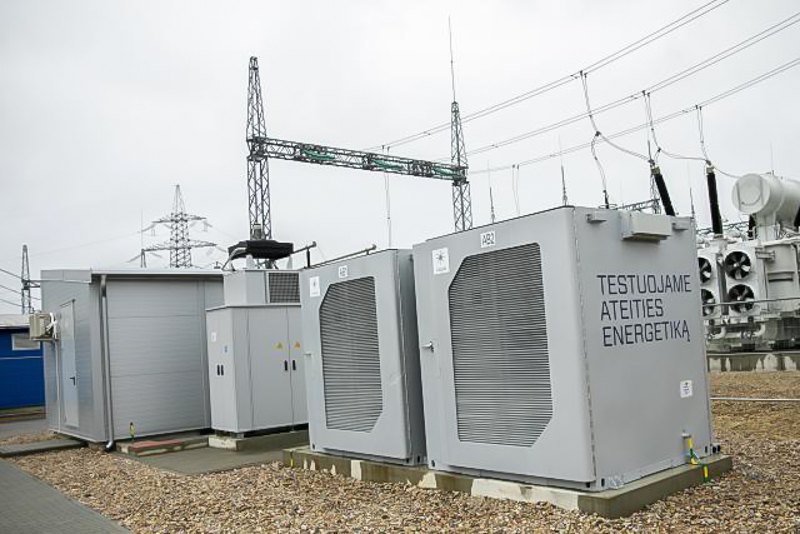
However, even before the shutdown, they managed to get rid of this dependence thanks to the development of their own generation and high-voltage submarine cables that were laid under the Baltic Sea from Scandinavia.
On 22 May 2022, Estonia, Lithuania and Latvia completely stopped commercial electricity imports from Russia. Belarus stopped buying electricity from Russia even earlier, in November 2020.
More than ten years of preparation
Back in January, Lithuania took power lines near the border with Poland under enhanced security. This is now the responsibility of the Public Security Service, although previously the situation was controlled by a private security company.
The Lithuanian government has made no secret of its fear of Russian provocations. But at the same time, it hopes that there will be no changes in energy supply for the country's consumers. The Baltic states have already tested the operation of their grids in isolation.
"Consumers were warned in advance that Lithuania would join the European grid. But we were told that there was no need to prepare for it in any special way. I am very glad that this will finally happen. I remember very well how Russia behaved in the nineties - all that blackmail, cut-offs, sanctions. You can't work with a terrorist country, especially now," said Živilė Šapokienė, an entrepreneur from Druskininkai in Lithuania. This town is located close to the border with Belarus. There are interstate power lines nearby, which will be dismantled next week, as the connection to the Belarusian grid will no longer be needed.
Latvia has also been preparing to disconnect from the Russian grid for a long time and meticulously. At the same time, President Edgars Rinkēvičs did not rule out provocations.
Russia could potentially act in several ways. The first and most primitive is sabotage at electricity generation or transmission facilities (which is why they have been placed under heavy security).
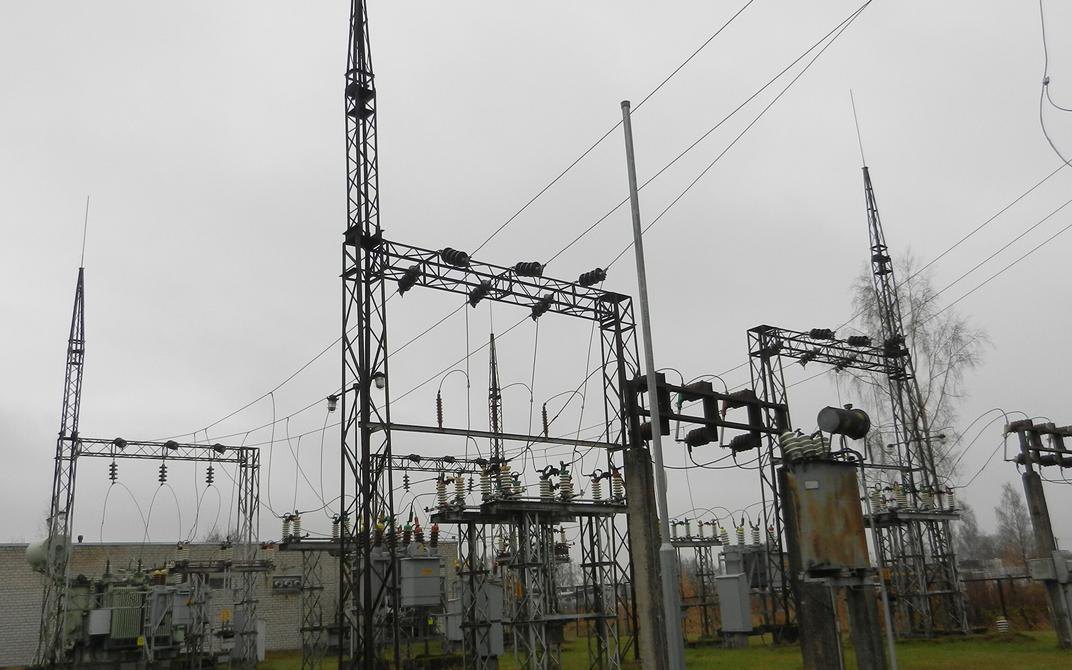
Secondly, the Kremlin could launch a cyberattack on the energy infrastructure to provoke chaos in the grid.
Estonian authorities have raised similar concerns. They have developed several scenarios. In the worst-case scenario, the country will switch to blackout schedules. However, without outside intervention, the likelihood of their introduction is minimal.
Consumers have been warned about the disconnection from the Russian grid for the past six months, said Vera Konyk, head of the Congress of Ukrainians in Estonia. "There was one request to stay calm. But they warned consumers to be prepared in case of problems. We stocked up on generators, food and water. Our Ukrainian refugees even called me and asked if there would be a war. We reassured them," said Vira Konyk.
In addition to Russia's attempts to commit sabotage or provocation, ordinary accidents can also occur. No matter how meticulously the Baltic states prepare to connect to the European grid, this is a very complex process that is a test for both equipment and specialists.
The Baltic states' connection to the European grid took years for many reasons. One of them is a significant energy deficit. For example, in 2009, Lithuania shut down the country's only nuclear power plant, which generated a whopping 80% of the country's electricity.
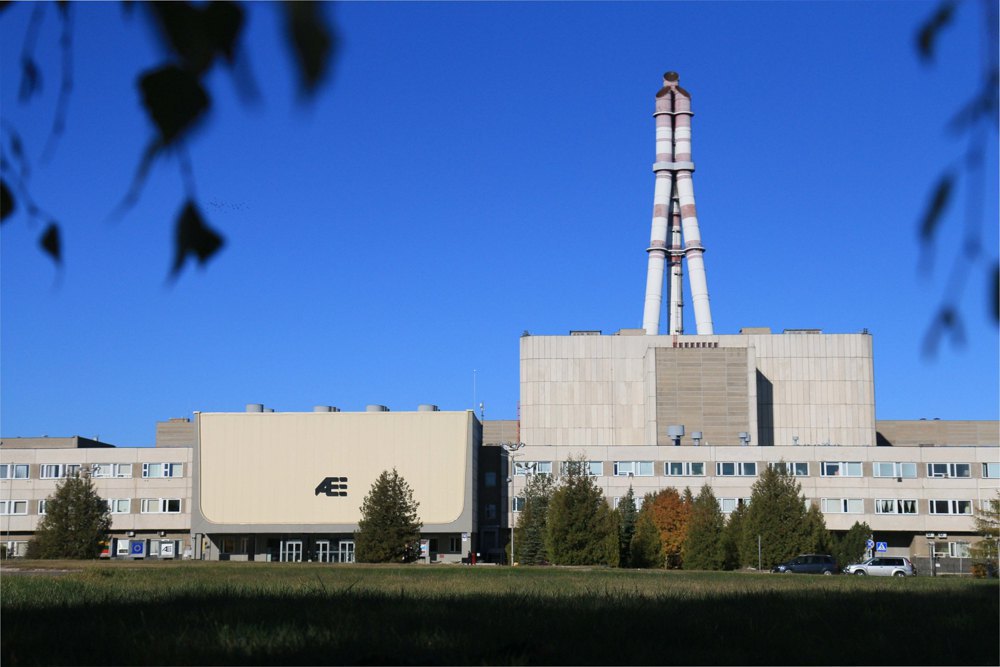
This was one of the conditions for Vilnius to join the EU. The Ignalina Nuclear Power Plant operated RBMK-1500 reactors designed in the Soviet era that do not meet European safety standards.
Russia and Belarus are counting the losses
Over the past ten years, the Baltic states have virtually eliminated their energy dependence on Russia. For example, in 2014, Lithuania launched a liquefied natural gas terminal, which helped it to stop importing Russian gas.
The Baltic states have also managed to lay several power cables from Scandinavia under the sea. Estonia, for example, has invested billions of euros in the development of green energy. Tallinn is also actively financing the construction of industrial energy storage. One battery is due to start working these days.
The Baltic states will also have to spend money on dismantling power equipment and lines on the border with Russia and Belarus. They promise to start the process immediately - almost immediately after the blackout. This is a political signal to Moscow that there will be no turning back. But disconnecting the Baltic states will also result in billions of dollars in losses for Russia.
"According to previous years, electricity exports to the Baltic States amounted to 1-2 billion kWh per year. Currently, the price for industrial consumers in Lithuania is approximately EUR 120-200 per MWh. Let's assume that the average price is €150. Therefore, 2 billion kW could cost approximately €300 million. Estimating the cost of dismantling the BRELL interconnectors by Russia and Belarus is a difficult task, but it can be estimated at several billion euros," said Maksym Bilyavskyy, an expert on energy programmes at the Razumkov Centre.
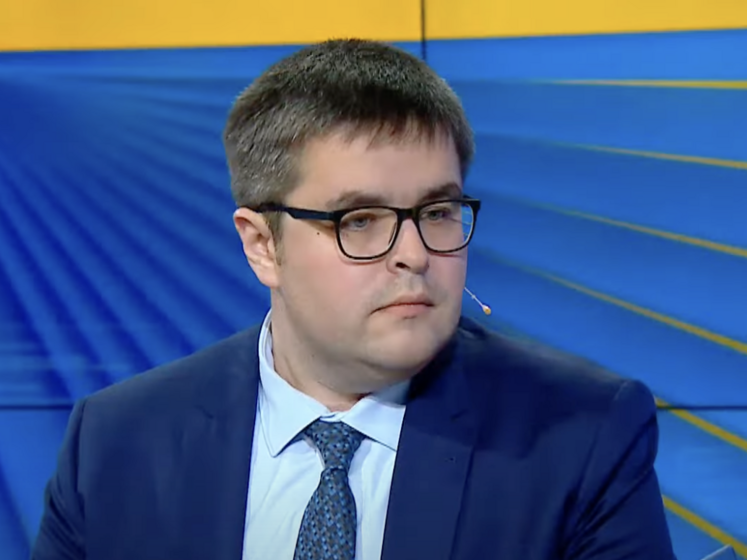
As early as next week, the Russian-led BRELL organisation will cease to exist. Moscow will also lose its energy connection with the Kaliningrad Region, which will be under a complete blockade.
This Russian enclave will be surrounded by the European energy network on all sides, but will not belong to it. Therefore, the Kaliningrad Region will be able to rely only on its own generation. And Russia has been preparing for this, for example, by replenishing gas reserves. About ten years ago, the Kremlin ordered the construction of an underground storage facility for natural gas in the enclave.
The Kaliningrad Region also has four thermal power plants and one heating centre, which provides the region with electricity.
"There will be no serious problems, no blackouts. The Kaliningrad Region has a certain reserve of power, there is nothing surprising here - it has been like this since Soviet times. However, gas supplies there, by the way, depend on Lithuania, and gas transits through this country from Belarus. The pumping contract expires this year," explained Mykhaylo Honchar, an expert on international energy and security relations.
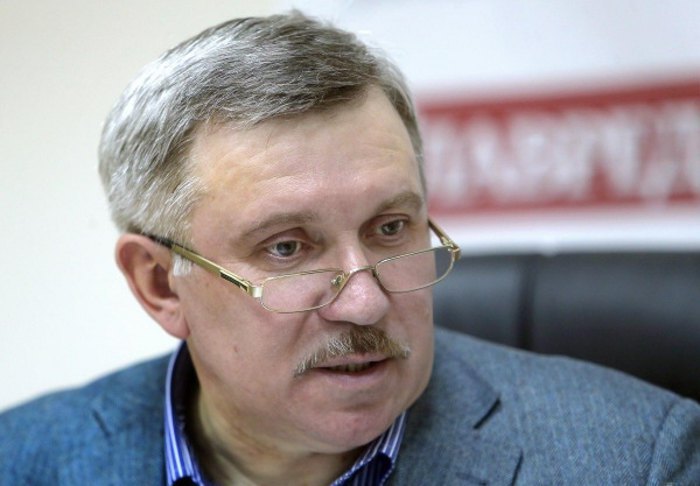
Alyaksandr Lukashenka's regime is also counting its losses. Belarus will have to dismantle energy facilities on the border with Lithuania.
But more importantly, Lukashenka's main energy project, the Belarusian Nuclear Power Plant, has finally collapsed. Its construction took nine years and cost billions of dollars. The money was lent by Russia, and a subsidiary of Rosatom also built it. But the plant was built 22 kilometres from the Lithuanian border, which angered Vilnius.
Alyaksandr Lukashenka hoped to sell electricity from the Belarusian nuclear power plant to the Baltic states. In 2020, the nuclear power plant was launched, but it has not yet started operating at full capacity.








